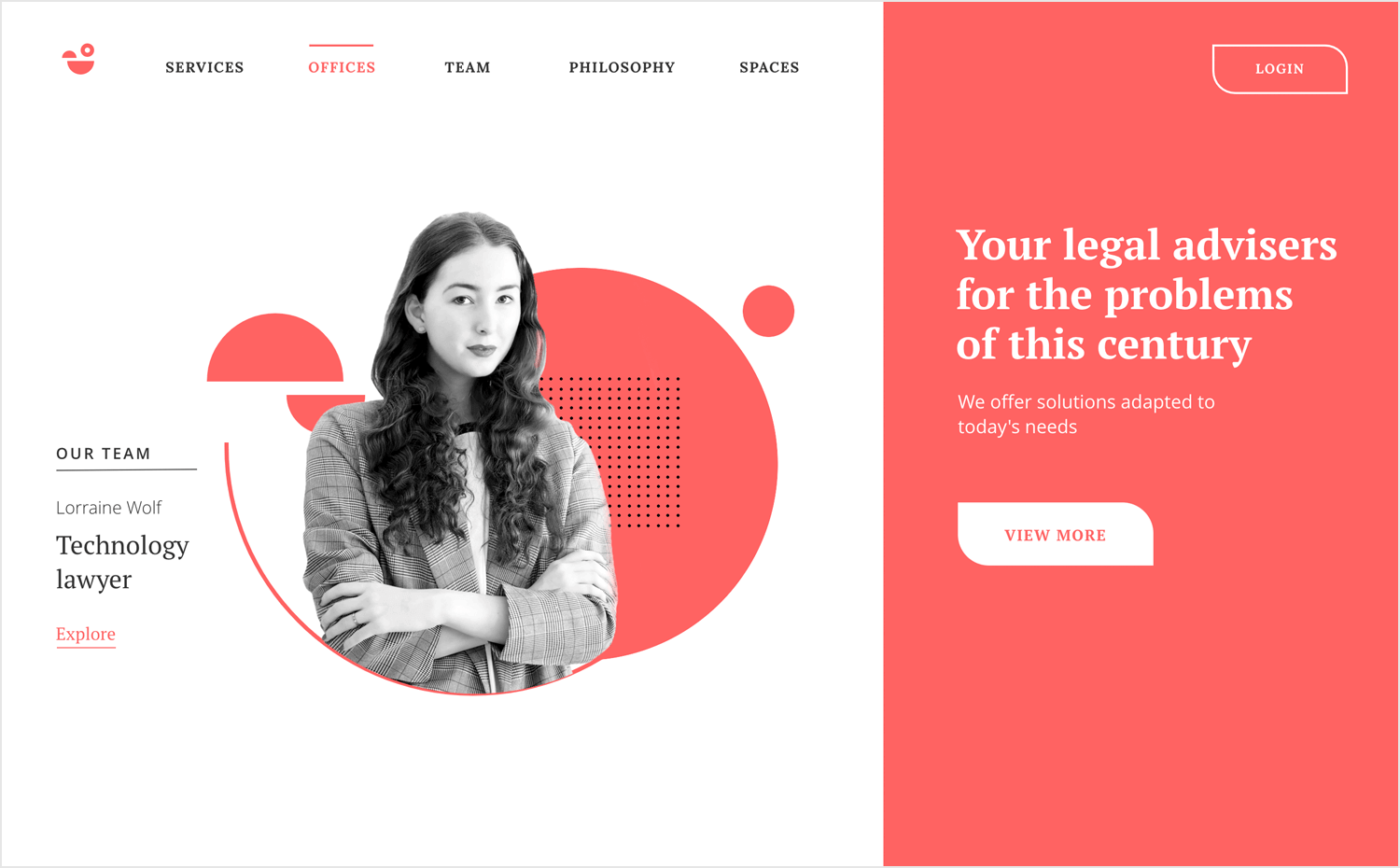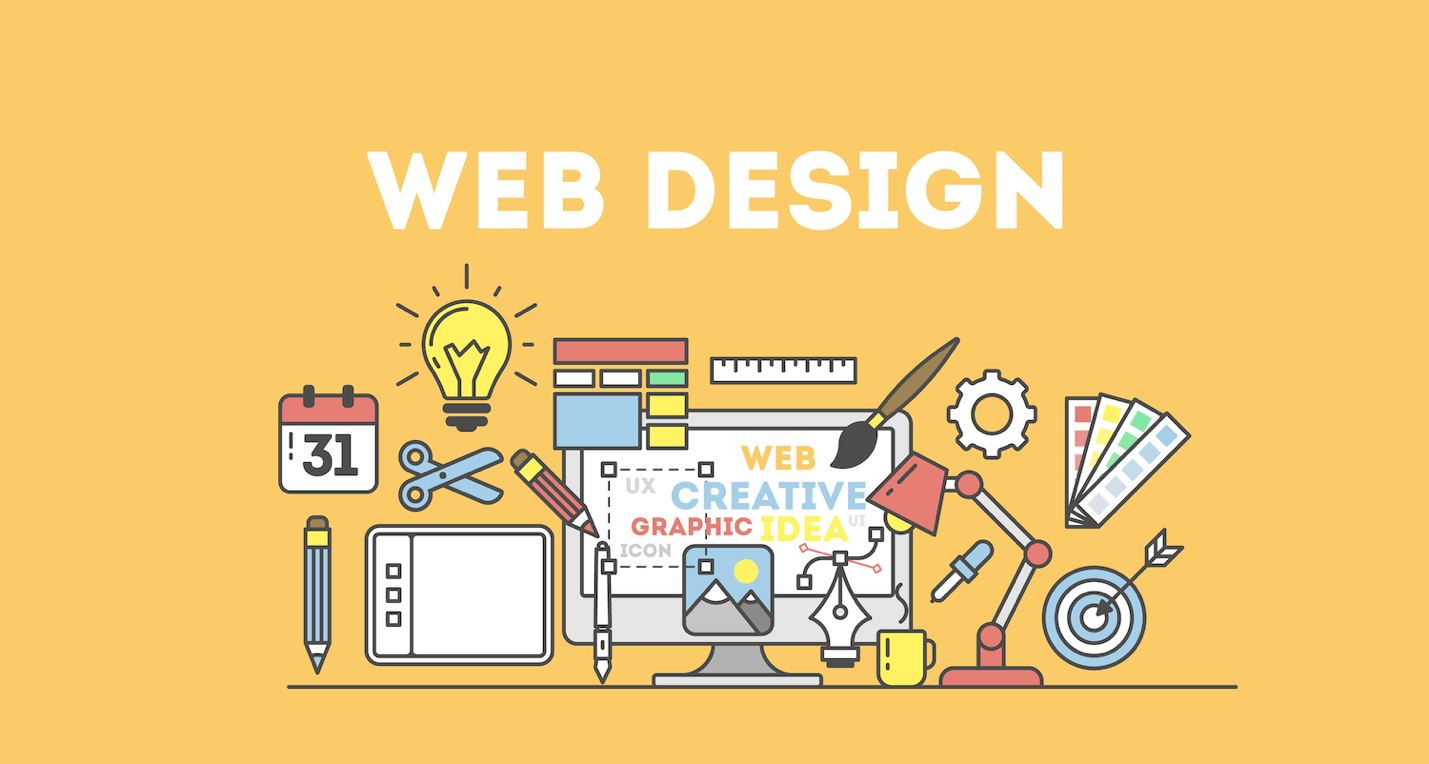The Power of User-Centered Site Layout in Expanding Your Online Target Market
In a significantly affordable electronic landscape, the significance of user-centered website style can not be overstated. By concentrating on the demands and actions of individuals, businesses can develop websites that not only bring in but additionally engage a varied target market. Effective design principles-- such as user-friendly navigation and availability-- are crucial in promoting user contentment and commitment. Nevertheless, understanding how to leverage these principles successfully elevates critical inquiries about execution and effect. What methods can organizations adopt to ensure their designs reverberate with users and eventually drive growth?

Understanding User-Centered Style
User-Centered Style (UCD) is a fundamental method to internet site advancement that focuses on the requirements, choices, and behaviors of end users throughout the style procedure. This methodology stresses understanding users deeply-- through research study techniques such as meetings, surveys, and functionality screening-- to produce a website that resonates with them. By incorporating user responses at every stage, developers can make certain that the end product aligns closely with customer expectations.
UCD promotes repetitive design, where prototypes are examined and improved based upon individual interactions and experiences. This cycle not just enhances functionality however likewise cultivates a feeling of possession amongst customers, as they feel their input is valued and impactful. Additionally, UCD assists recognize potential barriers and pain points in the individual trip, enabling developers to attend to these difficulties proactively.
Eventually, welcoming UCD leads to sites that are more user-friendly, engaging, and efficient. By positioning individuals at the center of the design procedure, organizations can create digital experiences that not only draw in but likewise preserve their target audience, driving greater contentment and loyalty. In an affordable online landscape, this strategy is vital for achieving continual success.
Trick Principles of Individual Experience
An effective user experience (UX) depends upon several crucial concepts that assist the design procedure and improve communication in between users and the website. Most importantly, usability is paramount; the internet site needs to be user-friendly, allowing users to navigate conveniently and locate information quickly. This includes clear labeling and a rational structure that reduces cognitive tons.
Secondly, accessibility plays an essential duty in making sure that all individuals, no matter their handicaps or capabilities, can properly involve with the site. Including alt message for images, key-board navigation, and screen viewers compatibility promotes inclusivity.
Uniformity is another vital concept. A natural design language, from color pattern to typography, aids users develop familiarity and trust with the site (Website Design). It additionally enhances brand name identity
Additionally, responses devices are important. Customers must obtain immediate and clear actions to their actions, whether with visual signs or confirmation messages, which boosts their self-confidence in navigating the site.
Lastly, mobile responsiveness can not be overlooked. With a raising number of individuals accessing sites by means of mobile phones, a design that adjusts effortlessly to different screen dimensions is essential for preserving a favorable user experience.

Benefits for Online Engagement
Reliable online interaction uses many advantages that can significantly improve an internet site's general efficiency - Website Design. By promoting meaningful interactions between individuals and the website, organizations can cultivate a faithful audience that returns with regularity. Engaged users are most likely to share content, thus enhancing natural reach and attracting new site visitors through word-of-mouth promo
Improved online involvement additionally brings about boosted individual satisfaction. When customers find a website that reverberates with their requirements, they are extra inclined to discover its offerings thoroughly, which can bring about higher conversion rates. Additionally, interesting material urges users to spend even more time on the website, minimizing bounce rates and positively influencing search engine ranking algorithms.
Additionally, effective engagement gives important insights into customer preferences and habits (Website Design). By evaluating user communications, organizations can tailor their material and style strategies to meet the advancing expectations of their target market. This adaptive method not only increases engagement but likewise reinforces the brand's credibility as user-centric and receptive
Ultimately, prioritizing online interaction through user-centered design creates a successful ecosystem where both the company and the target market benefit, resulting in sustained growth and success in the electronic landscape.

Strategies for Reliable Layout
To make best use of the advantages of online involvement, employing specific methods in internet site style is vital. Intuitive navigating is vital; users must quickly discover details without confusion. A well-structured menu, clear labels, and a rational power structure boost the individual experience and decrease bounce prices.
Second, receptive layout is important Click This Link in today's multi-device environment. Making certain that a site adjusts perfectly to various screen dimensions fosters availability, therefore accommodating a broader audience. This adaptability not just improves individual contentment but also positively influences search engine positions.
Third, the use of visual hierarchy guides users' interest to important components, such as contact us to action (CTAs) Utilizing contrasting shades, differing font dimensions, and calculated spacing can efficiently route users towards wanted actions, assisting in greater interaction.
In addition, implementing regular branding across all pages develops trust and recognition. A natural color plan, typography, and images enhance brand name identification and create an expert look.
Finally, enhancing loading rates is crucial. Users are less most likely to engage with a slow-loading site, making performance optimization an essential aspect of efficient layout. By integrating these strategies, web site designers can boost individual experience and ultimately grow their on-line target market.
Real-World Success Stories
Success stories in user-centered site style show the substantial advantages of prioritizing customer experience. As an outcome, they experienced a 250% boost in online contributions, showing exactly how an instinctive layout can drive customer interaction and support.
An additional engaging case is that of Airbnb, which used user-centered design concepts to boost their booking process. By simplifying the individual journey and integrating customized suggestions, they considerably lowered website desertion prices. This concentrate on individual experience added to an earnings growth of over 70% in a single year, highlighting the correlation between properly designed user interfaces and economic success.
Furthermore, the shopping giant, ASOS, executed user testing to fine-tune their mobile app. By attending to customer pain points, they attained an amazing 30% increase in mobile sales. These instances highlight that investing in user-centered design not only improves customer contentment yet likewise drives concrete organization outcomes, reinforcing the vital role of user experience in achieving online growth.
Verdict
In see here now final thought, user-centered site design offers as an important approach for improving on the internet target market interaction. By prioritizing customer requirements and preferences, companies can create intuitive and accessible electronic experiences that foster loyalty and drive conversions. The combination of individual feedback throughout the design process not only minimizes bounce rates however additionally motivates expedition. Ultimately, embracing reliable user-centered design principles can substantially add to an organization's success in a competitive digital landscape.
User-Centered Layout (UCD) is a basic strategy to internet site advancement that prioritizes the needs, preferences, and habits of end users throughout the layout process. By including customer responses at every stage, developers can ensure that the last item lines up closely with user expectations.
A successful user experience (UX) hinges on a number of essential concepts that direct More Bonuses the design procedure and improve communication between users and the site.Success tales in user-centered site layout highlight the tangible advantages of prioritizing individual experience. These instances highlight that spending in user-centered style not just improves customer complete satisfaction yet also drives substantial organization results, reinforcing the crucial duty of individual experience in attaining on-line development.